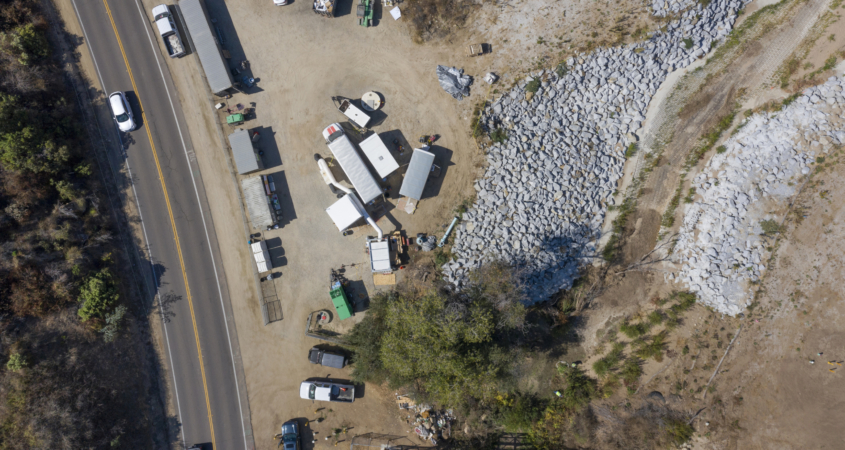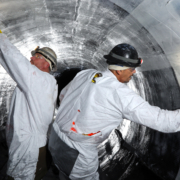Water Authority Begins Pipeline 5 Repairs in North San Diego County
Next week, San Diego County Water Authority staff and contractors will begin crucial repairs on Pipeline 5 in rural North County between Fallbrook and Escondido.
The work is part of the Water Authority’s proactive asset management program, which monitors and maintains the condition of regional water infrastructure that includes 310 miles of large-diameter pipelines. The Water Authority’s approach, coordinated closely with its member agencies, has served the region well by avoiding large-scale, unexpected water outages for more than a decade.
Asset management program responds quickly to pipeline needs
After a leak in nearby Pipeline 4 was discovered in Moosa Canyon last summer, Water Authority staff assessed the conditions of Pipelines 3 and 5, which run parallel to Pipeline 4 as part of the Second Aqueduct. The assessment showed that a section of Pipeline 5 in Moosa Canyon was also under significant stress.
“Due to the very high operating pressure and the major consequences of potential failure of Pipeline 5, our staff immediately began planning a shutdown and repairs to mitigate risks,” said Jim Fisher, director of operations and maintenance at the Water Authority. “Our asset management program is designed to identify potential problems and respond quickly.”

After a leak in nearby Pipeline 4 was discovered near Moosa Creek last summer, Water Authority staff assessed the conditions of Pipelines 3 and 5, which run parallel to Pipeline 4 as part of the Second Aqueduct. Photo: San Diego County Water Authority
Constructed in 1982, Pipeline 5 is a vital component of the Water Authority’s water system, delivering untreated supplies from Lake Skinner in southwest Riverside County to the Lower Otay Water Treatment Plant in southern San Diego County. The operating pressure exceeds 400 pounds per square inch in Moosa Canyon.
Carbon fiber technology extends pipeline life
Repairs will require that a section of Pipeline 5 in North County be shut down from March 30 until mid-May. Crews will start by installing bulkheads that isolate the Moosa Canyon section. Then, they will line the inside of the pipe with a carbon fiber liner, as was done to rehabilitate Pipeline 4. The carbon fiber liner will reinforce distressed areas and extend the life of the 96-inch, pre-stressed concrete cylinder pipeline.
The asset management program is a key element of the Water Authority’s commitment to providing a safe and reliable water supply to San Diego County. By making preventative repairs, the Water Authority ensures that water service will continue throughout the county.
Planning study seeks long-term solutions
Over the next 18 months, Water Authority staff will conduct a planning study to evaluate improvements required for all three pipelines in Moosa Canyon to ensure the long-term reliability of the Second Aqueduct. The results of the study will include recommendations about future projects as part of the Water Authority’s capital improvement program.



